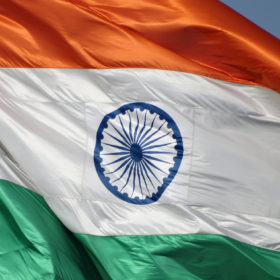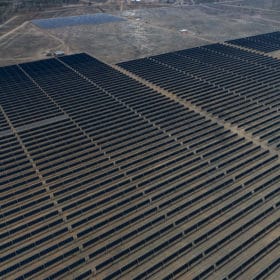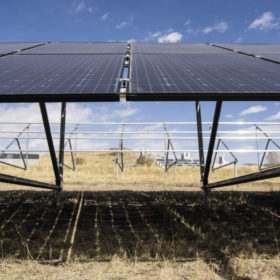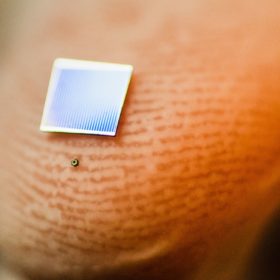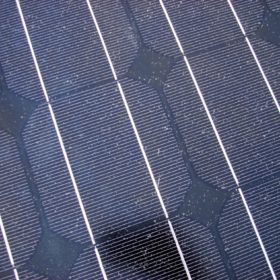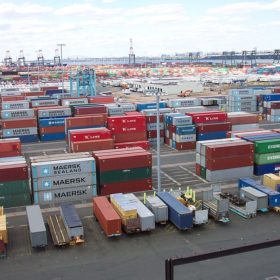India’s utility-scale solar installations fell by 39% in FY2021
During the fiscal year 2020-21, India installed utility-scale solar projects amounting to 3.5 GW, about 39% less year-on-year.
Ciel & Terre completes India’s largest floating solar plant
The 14.7 MWp project, developed for Southern Petrochemical Industries Corporation (SPIC) Limited, uses an aggregate 37,632 number of 390Wp PV panels and spans an area of 15.6 hectares.
Adani Green to buy SB Energy’s 5 GW renewable portfolio in India
The Indian developer has agreed to acquire a 100% interest in SB Energy’s India renewable portfolio for approximately US$3.5 billion (INR 26,000 crore). The assets, totaling 4,954 MW, are spread across four Indian states.
IEA calls for annual additions of solar PV to reach 630 GW by 2030
According to the International Energy Agency, most of the global reductions in CO2 emissions between now and 2030 would come from technologies available today. In a recent report, the agency sets what it described as a “cost-effective and economically productive” pathway resulting in an energy economy “dominated by renewables like solar and wind.”
Rooftop solar uptake in India: Challenges and way forward
Poor and piecemeal implementation of net metering policies is a major roadblock for the uptake of rooftop solar system in India, according to a new report by Asian Development Bank.
ReNew Power to set up 2 GW mono PERC solar factory in Gujarat
The vertically integrated factory, located in the Dholera Special Industrial Region, will produce 2 GW of mono PERC solar cells and modules annually. Production is expected to start from the next fiscal year.
Micro III-V solar cell with 33.8% efficiency
Developed by a French-Canadian research group, the triple-junction cell is based on indium gallium phosphide (InGaP), indium gallium arsenide (InGaAs) and germanium (Ge) and has an active area of only 0.089 mm2. It can be used for applications in micro-concentrator photovoltaics (CPV).
Uttar Pradesh tenders 106 MW of solar under KUSUM program
Solar power generators have until June 15 to bid for the development of projects on a build-own-operate basis. The ceiling tariff payable for the electricity generated has been fixed at INR 3.10/kWh.
Compressed air tech for solar module cleaning, cooling shows promise in India field-testing
British scientists have reported significant restoration of the panel performance with the experimental compressed air system developed by them for the simultaneous cleaning and cooling of PV modules. The system was built with a compressed-air unit which was made of a compressor, an air tank, and an airflow regulation valve, and a series of nozzles. The technique was tested on a PV system located in northwestern India.
India launches anti-dumping probe for solar cells from China, Thailand and Vietnam
The Directorate General of Trade Remedies (DGTR) under the commerce ministry stated the Indian manufacturers provided sufficient evidence to warrant the initiation of an investigation into the alleged dumping of solar cells. The investigation will aim to determine the existence, degree and effect of the dumping and recommend an amount of anti-dumping duty to offset the material injury to domestic manufacturers.
